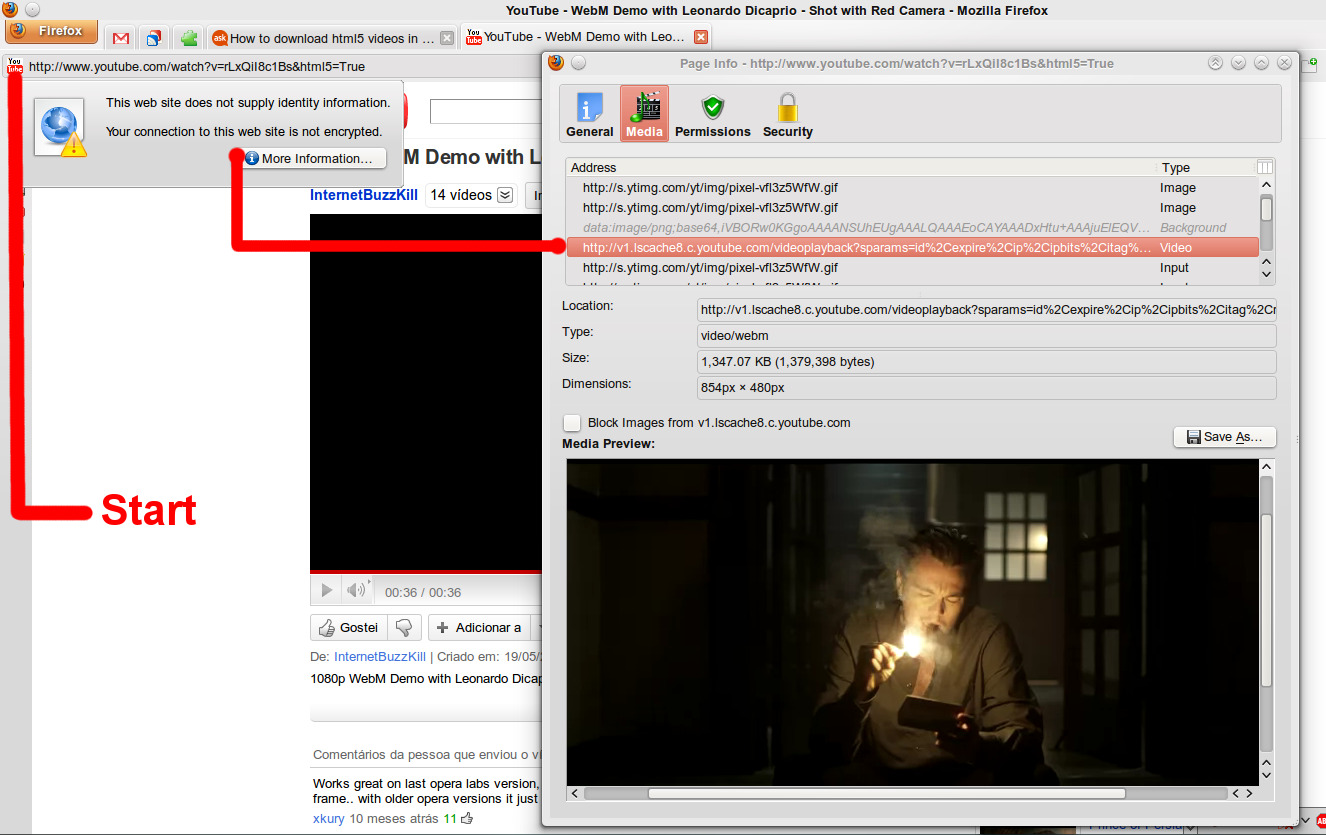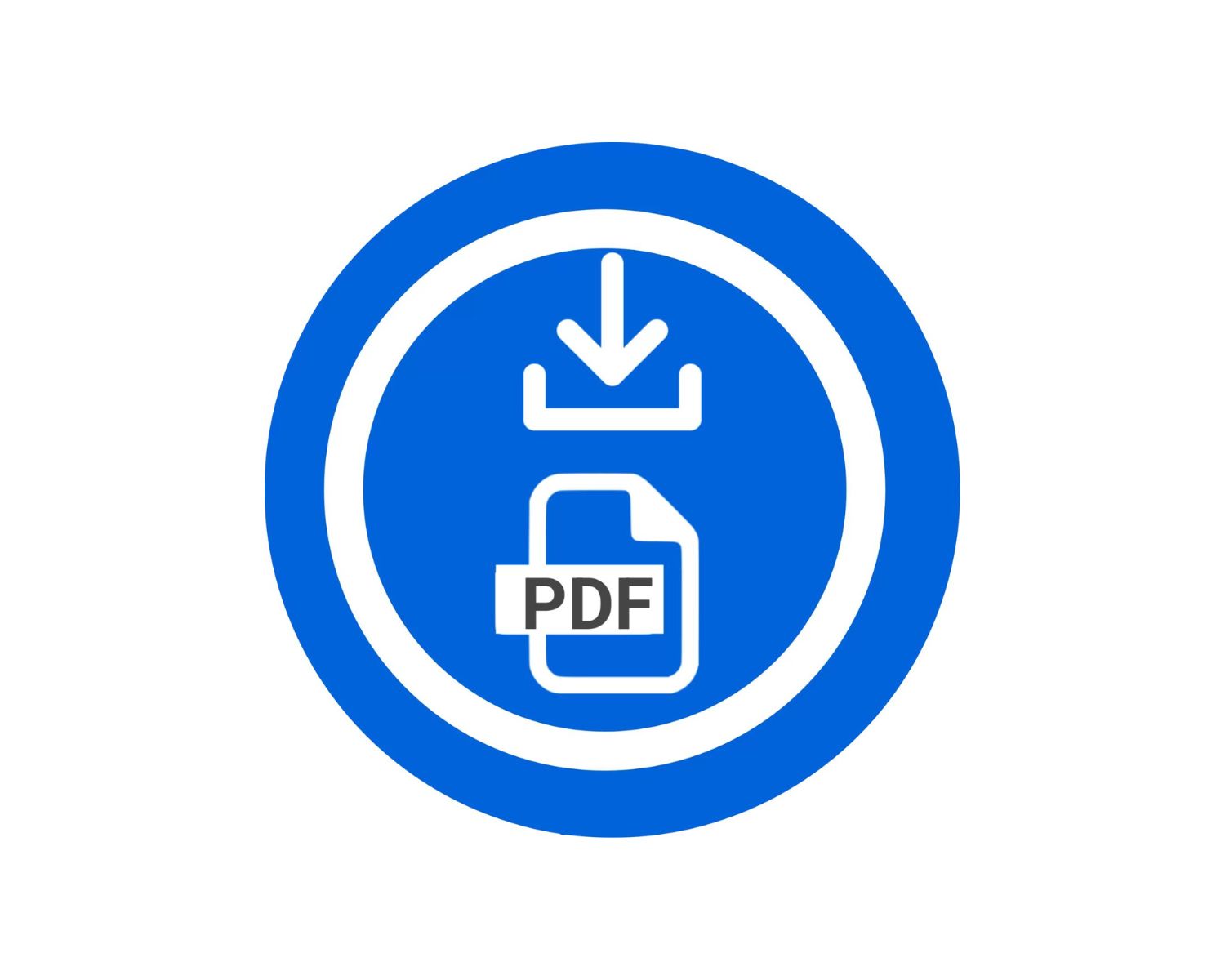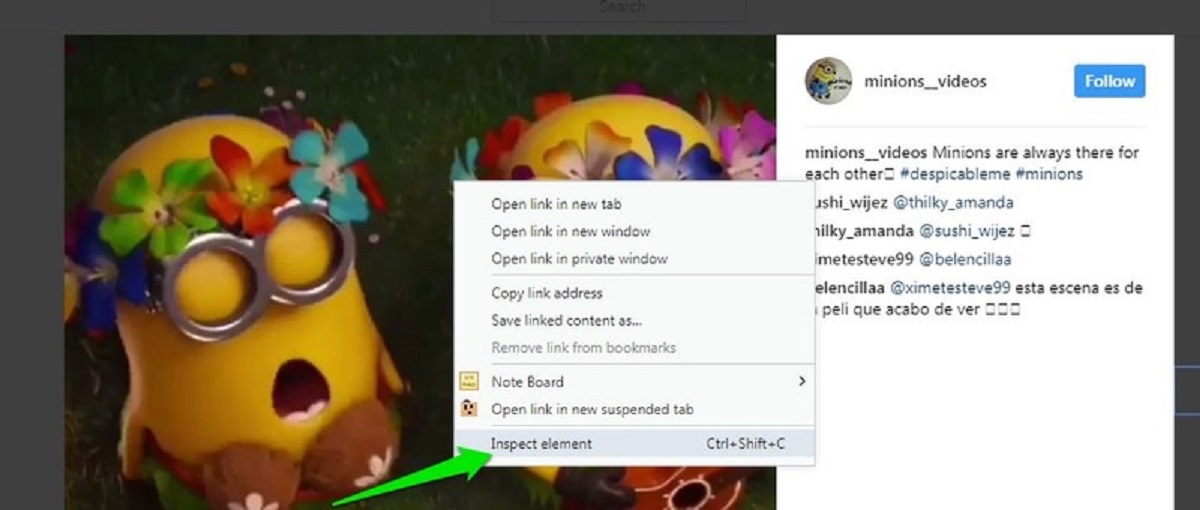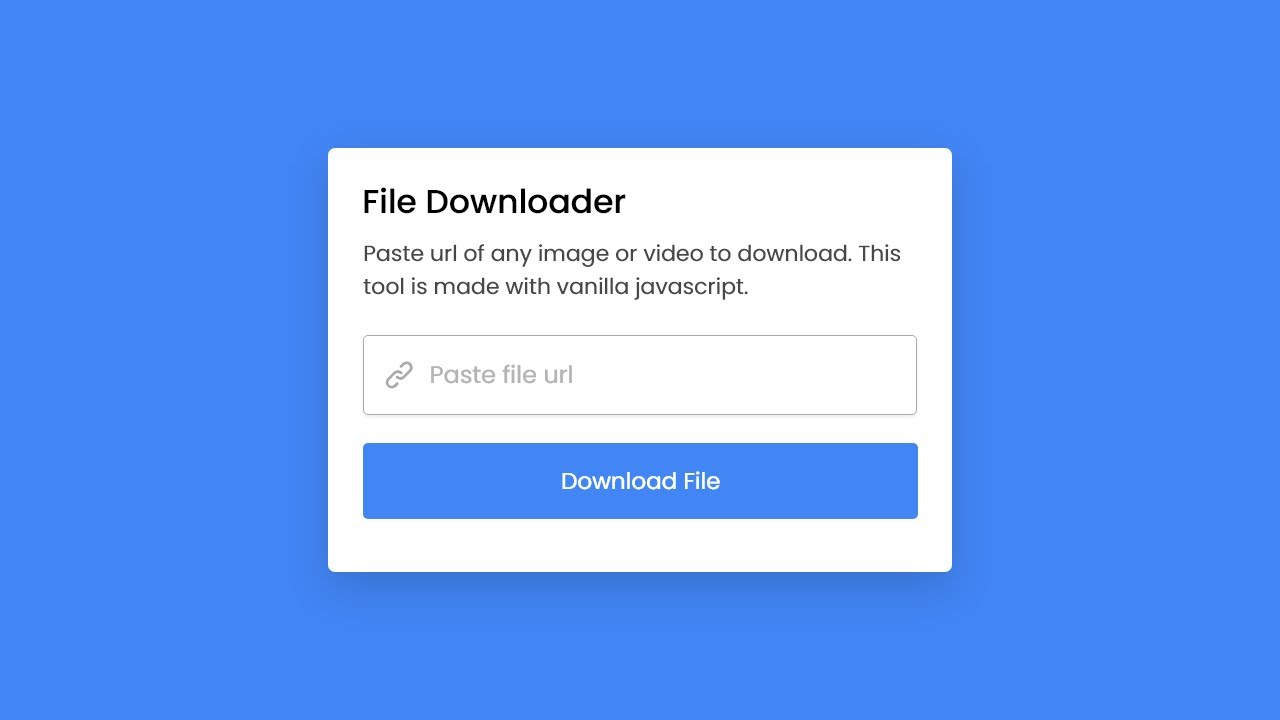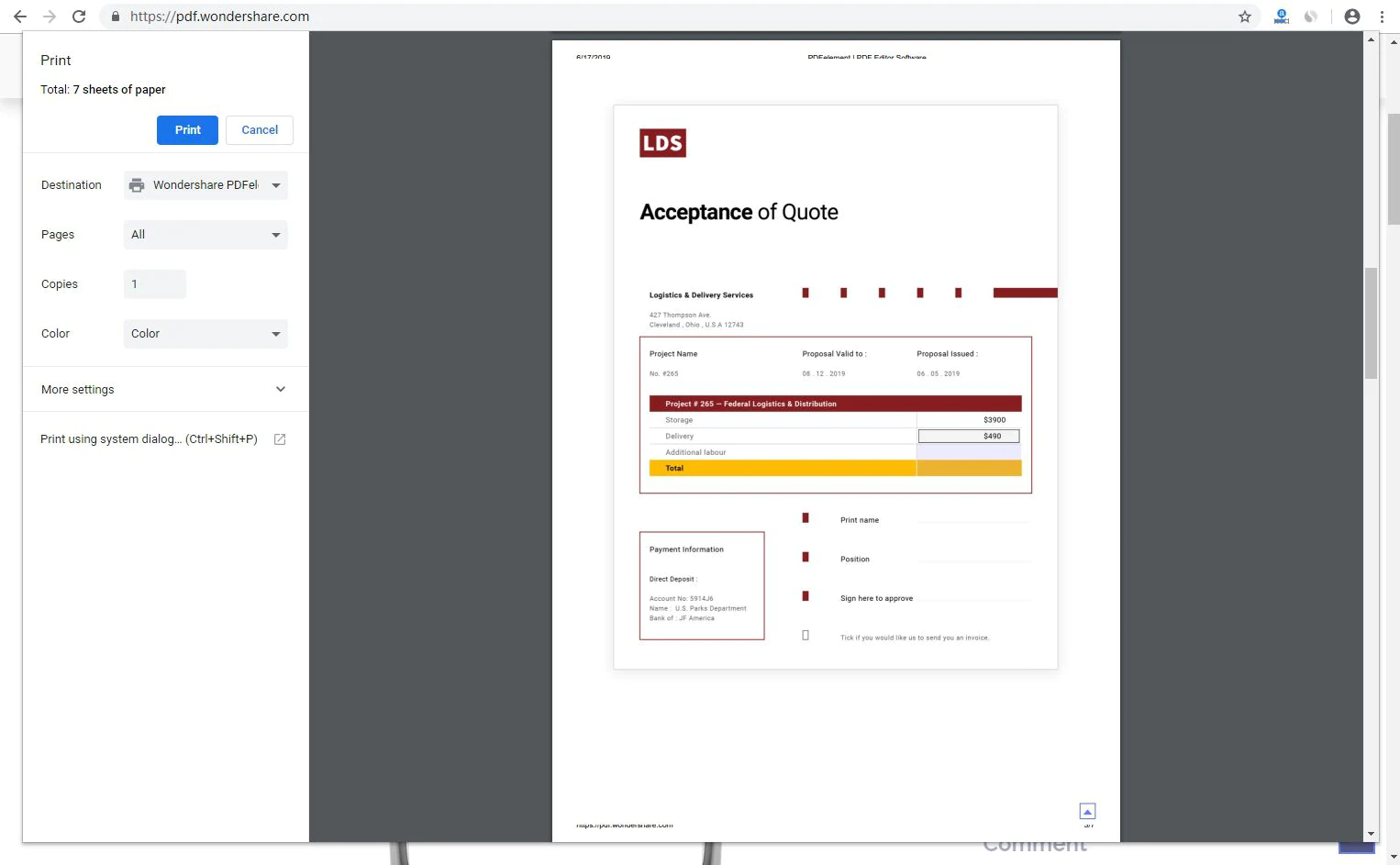Introduction
Downloading the HTML of a website can be useful in a variety of situations. Whether you’re a web developer needing to inspect the source code for debugging purposes, a content creator looking to analyze the structure of a website for inspiration, or simply curious about how a particular site is built, the ability to download the HTML can provide valuable insights.
In this article, we will explore several methods you can use to easily download the HTML of a website. Each method offers different options and functionalities, so you can choose the one that best suits your needs.
Before we delve into the specific methods, it’s important to note that downloading the HTML of a website is legal as long as you are doing it for personal use or with the website owner’s permission. It’s always a good practice to respect the intellectual property rights and terms of service of the websites you visit.
Now, let’s dive into the different methods you can utilize to download the HTML of a website.
Method 1: Using the “Save Page As” Functionality
One of the simplest ways to download the HTML of a website is by using the built-in “Save Page As” functionality available in most web browsers. This method allows you to save the entire webpage, including its HTML markup, to your local storage.
To use this method, follow these steps:
- Open the website you want to download in your preferred web browser.
- Right-click anywhere on the webpage to open the context menu.
- Select the “Save Page As” or “Save As” option from the menu.
- A file-saving dialog will appear, allowing you to choose the location on your computer where you want to save the HTML file.
- Specify a file name for the HTML file and make sure to save it with the
.htmlor.htmextension. - Click the “Save” button to initiate the download.
Once the download is complete, you will have a local copy of the webpage’s HTML file that you can open and view using any text editor or web development tool.
This method is straightforward and doesn’t require any additional software or technical knowledge. However, it’s important to note that the downloaded HTML file may not include external resources like images, stylesheets, or JavaScript files that are referenced by the webpage. If you need a complete offline copy of the website, consider using alternative methods which we will explore further in this article.
Method 2: Using Developer Tools in Web Browsers
Another effective way to download the HTML of a website is by utilizing the built-in Developer Tools found in most modern web browsers. These tools provide a wealth of features to analyze and inspect webpages, including the ability to view and copy the HTML source code.
Here’s how you can use Developer Tools to download the HTML:
- Open the website you want to download in your web browser.
- Right-click anywhere on the webpage and select the “Inspect” or “Inspect Element” option from the context menu. Alternatively, you can press
Ctrl+Shift+I(orCmd+Option+Ion a Mac) to open the Developer Tools panel. - In the Developer Tools panel, you will see several tabs. Look for the “Elements” or “Inspector” tab and click on it.
- On the left side of the panel, you will see the HTML structure of the webpage. Right-click on the
<html>tag and select the “Copy” or “Copy outerHTML” option. - Open a text editor or a code editor of your choice, and paste the copied HTML code.
- Save the file with the
.htmlor.htmextension.
Using Developer Tools allows you to access the complete HTML source code of the webpage, including any dynamically generated content. It also ensures that all resources, such as images, stylesheets, and scripts referenced by the webpage, are included in the downloaded HTML file.
Keep in mind that the process may slightly differ across different browsers. However, the general concept remains the same, enabling you to download the HTML code of any website for further analysis or offline reference.
Method 3: Using Command Line Tools
If you are comfortable working with command line interfaces, using command line tools can be a powerful way to download the HTML of a website. There are several tools available that allow you to fetch the HTML source code of a webpage directly from the command line.
One popular command line tool is curl. Here’s how you can use curl to download the HTML:
- Open your terminal or command prompt.
- Type the following command:
- Press Enter to execute the command.
curl -o output.html
Replace `
The -o flag specifies the file name for the downloaded HTML file. In this example, the file will be saved as output.html. You can change the file name to whatever you prefer.
Another useful command line tool is wget. Here’s an example of how to use wget to download the HTML:
- Open your terminal or command prompt.
- Type the following command:
- Press Enter to execute the command.
wget -O output.html
Replace `
Similarly to curl, the -O flag specifies the file name for the downloaded HTML file. In this example, the file will be saved as output.html.
Using command line tools gives you more flexibility and control over the downloading process. You can easily integrate these tools into scripts or automation workflows to automate the downloading of multiple webpages.
It’s worth noting that while command line tools like curl and wget are powerful, they may not always handle complex webpages or websites that rely heavily on JavaScript. In such cases, alternative methods may be more appropriate.
Method 4: Using Website Downloading Software
If you need a comprehensive offline copy of a website, including all its webpages and associated resources, using website downloading software can be the most efficient method. These specialized tools are designed to crawl websites and download all the content, including HTML, CSS, JavaScript, images, and other media files.
Here’s how you can use website downloading software to download the HTML of a website:
- Choose a reliable website downloading software that suits your needs. Some popular options include HTTrack, wget, and Teleport Pro.
- Download and install the software on your computer.
- Launch the software and provide the URL of the website you want to download.
- Configure the settings according to your preferences, such as the depth of the crawl, exclusion of certain file types, or handling of external links.
- Initiate the download process and wait for the software to fetch all the webpages and associated resources.
- Once the download is complete, you will have a local copy of the website on your computer.
Website downloading software offers various advanced features, such as the ability to resume interrupted downloads, schedule automatic updates, and customize the output directory structure. These tools ensure that you have an accurate representation of the website’s content, enabling you to browse it offline without any dependencies on an internet connection.
It’s important to note that while website downloading software can be powerful and convenient, it’s essential to use it responsibly and respect the website’s policies and terms of service. Avoid using it for commercial purposes or downloading copyrighted materials without proper authorization.
Overall, website downloading software is a great option when you need a complete snapshot of a website’s HTML and associated resources for offline browsing or archiving purposes.
Conclusion
Downloading the HTML of a website can be a valuable tool for web developers, content creators, and anyone interested in exploring the structure and content of a website. In this article, we explored four different methods you can utilize to download the HTML of a website.
The first method, using the “Save Page As” functionality in web browsers, provides a simple and quick way to save the HTML of a webpage. However, it may not include external resources referenced by the website.
The second method, using Developer Tools in web browsers, allows you to access and copy the complete HTML source code. This method ensures that all resources are included in the downloaded file.
For those familiar with command line interfaces, the third method involves using tools like curl and wget to download the HTML directly from the command line. This method provides flexibility and can be integrated into automated scripts or workflows.
The fourth method involves utilizing website downloading software, which offers comprehensive downloading capabilities, including all webpages and associated resources. This method is ideal when you need an offline copy of an entire website.
It’s important to note that whichever method you choose, it’s crucial to respect the intellectual property rights and terms of service of the websites you download HTML from. Ensure that you have proper authorization if you plan to use the downloaded HTML for commercial purposes.
By understanding and utilizing these methods, you can easily download the HTML of a website for various purposes, such as analysis, inspiration, and offline browsing. Whether you prefer a simple approach, command line tools, or specialized software, the ability to access and examine the HTML source code gives you valuable insights into the inner workings of websites.










